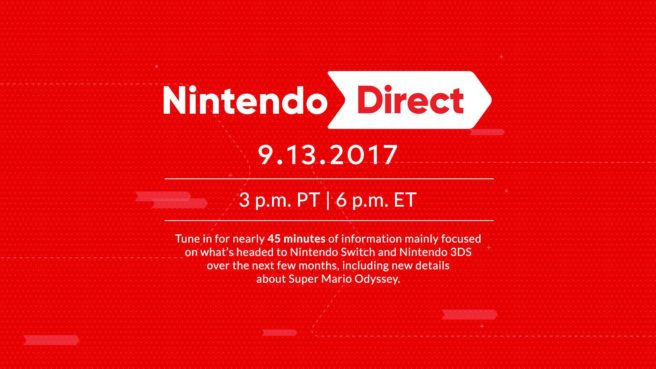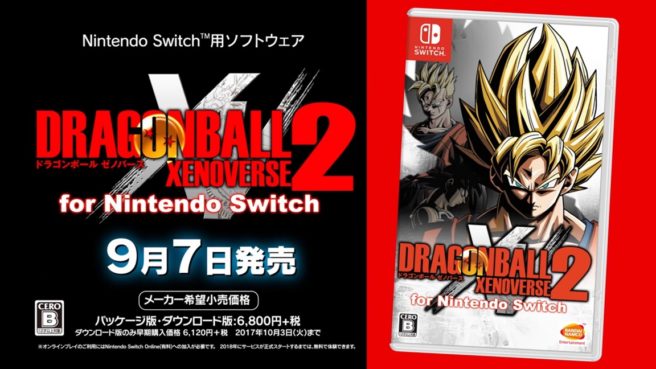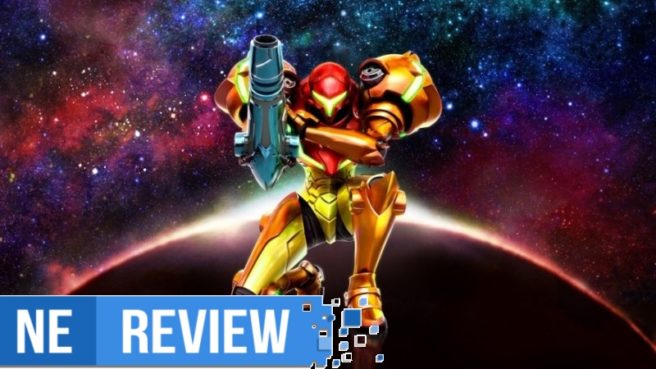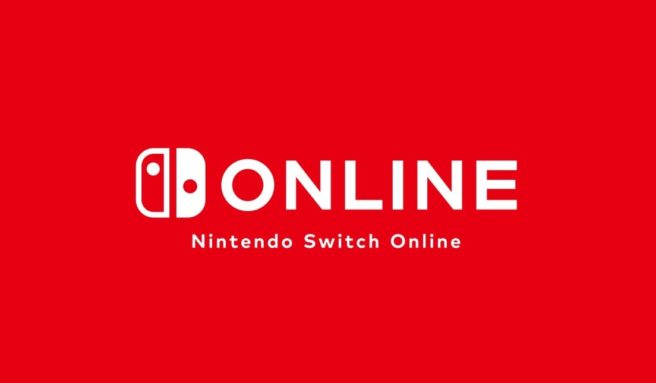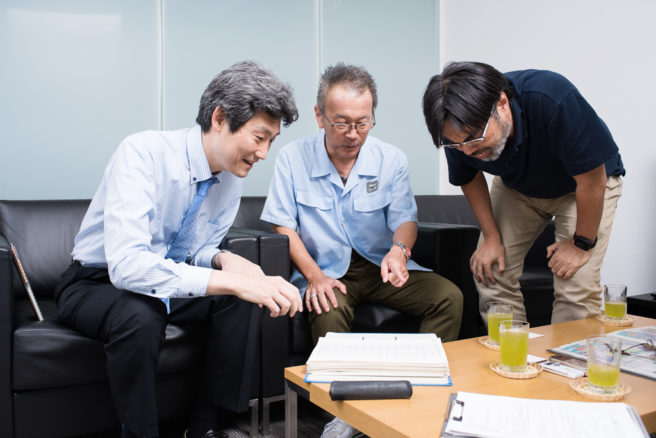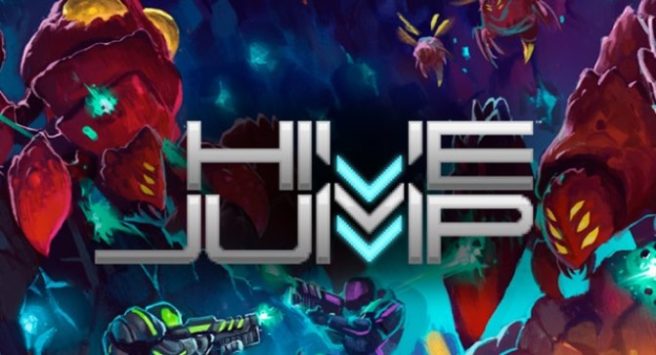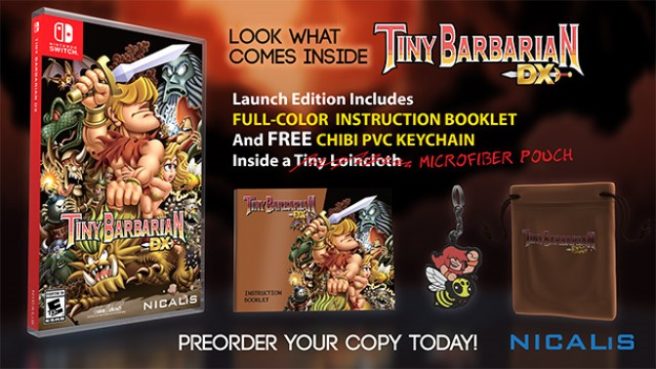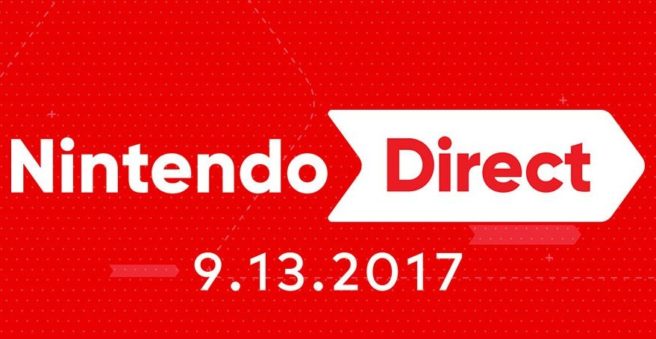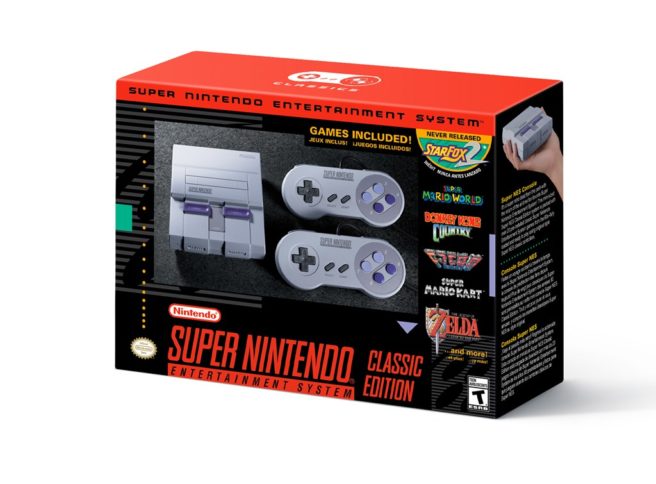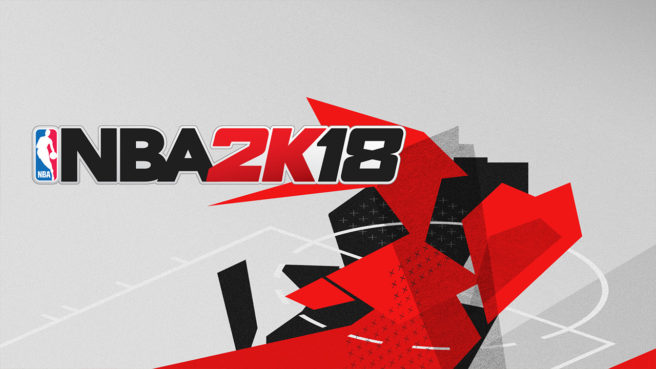Nintendo Direct live streams, blog (9/13/17)
Posted on 8 years ago by Brian(@NE_Brian) in 3DS, Switch, Videos | 10 Comments
The latest Nintendo Direct will be kicking off not too long from now. Nintendo will begin hosting the presentation at 3 PM PT / 6 PM ET / 11 PM in the UK / 12 AM in Europe.
In the west, the new Nintendo Direct will be about 45 minutes long. The Japanese version will be 50 minutes long.
Assuming everything goes as planned, we’ll have a live blog going below. Big news updates will be posted in real time as well. Finally, we have embeds for all three streams below. Should be fun!
More: highlight, Nintendo Direct, top
Media Create sales (9/4/17 – 9/10/17)
Posted on 8 years ago by Brian(@NE_Brian) in 3DS, New Nintendo 3DS, News, Switch, Wii U | 54 Comments
The latest Japanese hardware sales from Media Create are as follows:
Switch – 45,439
PS4 – 18,483
PS4 Pro – 10,999
New3DS LL – 9,628
New2DS LL – 9,403
Vita – 3,913
2DS – 1,772
New 3DS – 331
PS3 – 115
Wii U – 90
Xbox One – 63
For comparison’s sake, here are the hardware numbers from last week:
Switch – 50,074
PS4 – 21,419
New 3DS LL – 12,332
New 2DS LL – 11,515
PS4 Pro – 4,965
Vita – 3,975
2DS – 1,935
New 3DS – 486
Wii U – 116
PS3 – 85
Xbox One – 78
And here are the software charts:
More: charts, Japan, Media Create, sales, top
[Review] Metroid: Samus Returns
Posted on 8 years ago by Dennis Gagliardotto(@LyonHart_) in 3DS, 3DS eShop, Reviews | 11 Comments
System: 3DS
Release date: September 15, 2017
Developer: MercurySteam / Nintendo
Publisher: Nintendo
Samus Aran has a long history with the video games and is easily one of the most iconic and recognizable characters of all time. But unfortunately, the famous bounty hunter along with the Metroid series itself have been mostly dormant for quite a while. However, now Samus is back, and it feels incredible to have her at the forefront once again. Even if Metroid: Samus Returns is just a remake and not a brand new title, beggars can’t be choosers, and I can promise that everything the game has to offer touches base with everything we’ve wanted from a classic Metroid title for a long time while remaining fresh and feeling contemporary in its mechanics, gameplay, progression, and world.
More: highlight, Metroid: Samus Returns, top
Nintendo Switch Online update out now (version 1.1.0) – can voice chat while using other apps
Posted on 8 years ago by Brian(@NE_Brian) in Mobile, News, Switch | 31 Comments
Update: Official patch notes added below.
Original: A new update has gone live for the Nintendo Switch Online app. Version 1.1.0 is live on both iOS and Android.
The big improvement with today’s update is that voice chat now works when opening other applications and when sleep mode is enabled. Additionally, the app has improved compatibility with Bluetooth devices on Android. Nintendo took care of some other issues as well.
Nintendo notes that on devices running Android 6.0 or later, voice chat may be interrupted when the device enters sleep mode if power-saving is enabled. This can be disabled in the settings.
More: title update, top
Nintendo on the making of F-Zero, Captain Falcon was originally SNES’ mascot character, much more
Posted on 8 years ago by Brian(@NE_Brian) in News | 12 Comments
Following Star Fox 2, Nintendo has published the second developer interview conducted for the Super NES Classic Edition’s launch. Director Kazunobu Shimizu, main programmer Yasunari Nishida, and designer Takaya Imamura were brought in to go in-depth about the making of F-Zero.
There’s really a whole lot of interesting stuff on this interview. Nintendo said that F-Zero was one of its first games that was created in-house, talked about the first demo having Hot Wheels-esque toy cars, how Shigeru Miyamoto’s suggestion of removing an invisible wall really opened things up during development, Captain Falcon originally being designed as the mascot for the SNES, and more.
You can read Nintendo’s full interview all about F-Zero below.
Hive Jump finally dated for Wii U in North America
Posted on 8 years ago by Brian(@NE_Brian) in News, Wii U eShop | 7 Comments
The wait for Hive Jump on Wii U is finally over. Graphite Lab announced a release date today, with the game now set for September 28 in North America.
On Wii U, Hive Jump will have the following features:
Mini-Map: The Wii U GamePad mini-map will display the layout of the hive as you explore it, and reveal points of interest like doors and chests. Hazards like lava and spikes are labelled as pink tiles, and destructible walls as orange. Players can switch between this mini-map view, and the next Wii U GamePad feature!
Off-Screen Play: You can play Hive Jump entirely on the Wii U GamePad! When in a hive, simply hit the Select button to switch between seeing the mini-map on the Wii U GamePad and seeing mirrored gameplay on it. It goes almost without saying that the Wii U GamePad also outputs sound through its speakers, or optional headphone jack.
Hive Jump was originally going to cost $19.99 on Wii U. However, it has been revised to $14.99 after some “very long conversations about the best price point”.
More information about Hive Jump can be found at the source link below.
More: Graphite Lab, Hive Jump, top
Tiny Barbarian DX launches on October 10
Posted on 8 years ago by Brian(@NE_Brian) in News, Switch | 1 Comment
Tiny Barbarian DX is coming to Switch on October 10, Nicalis announced today. The game will be sold physically and digitally for $29.99.
Here’s an overview and a couple of comments from developer StarQuail Games:
More: Nicalis, StarQuail Games, Tiny Barbarian DX, top
Nintendo Direct announced for September 13
Posted on 8 years ago by Brian(@NE_Brian) in Switch | 173 Comments
Update: The Japanese presentation will be 50 minutes long. There will also be no mobile news.
Original: A new Nintendo Direct presentation will be held on September 13, Nintendo has announced. We’ll be hearing about what’s coming to Switch and 3DS “over the next few months, including new details about Super Mario Odyssey.”
The presentation will be held at the following times:
– 3 PM PT
– 6 PM ET
– 11 PM in the UK
– 12 AM in Europe (September 14)
Tune in Sept. 13 @ 3pm PT for a new Nintendo Direct featuring upcoming #NintendoSwitch and #3DS titles. https://t.co/98jGsmJzP9 pic.twitter.com/FLauZWYRDh
— Nintendo of America (@NintendoAmerica) September 11, 2017
More: Nintendo Direct, top
Reggie talks more about Switch stock, urges fans not to over-bid for SNES Classic Edition on auction sites
Posted on 8 years ago by Brian(@NE_Brian) in General Nintendo, News | 67 Comments
FT was able to speak with Nintendo of America president Reggie Fils-Aime at Variety’s Entertainment and Technology Summit 2017. Reggie was able to comment further on Switch supply situation during the interview.
The lack of stock – especially early on – ultimately boils down to two things. First, the demand for Switch was higher than expected. Second was that Nintendo has been dealing with supply shortages of components.
According to Reggie:
More: interview, Reggie Fils-Aime, top
NBA 2K18 dev wanted the Switch version to be the same as PS4/Xbox One from day one, dedicated second team
Posted on 8 years ago by Brian(@NE_Brian) in News, Switch | 50 Comments
All indications thus far point to NBA 2K18 being very solid on Switch. Aside from some graphical differences, the Switch version matches up well to its counterparts on other platforms.
In an interview with Gamereactor, senior producer Rob Jones discussed the approach to creating NBA 2K18 for Switch in a bit more detail. From day one, Visual Concept’s president spoke about making it “the same exact game that was on PS4 and Xbox One”. It goes without saying that doing so was no easy task.
Jones’ full words:
